The good and bad of this low-carb diet
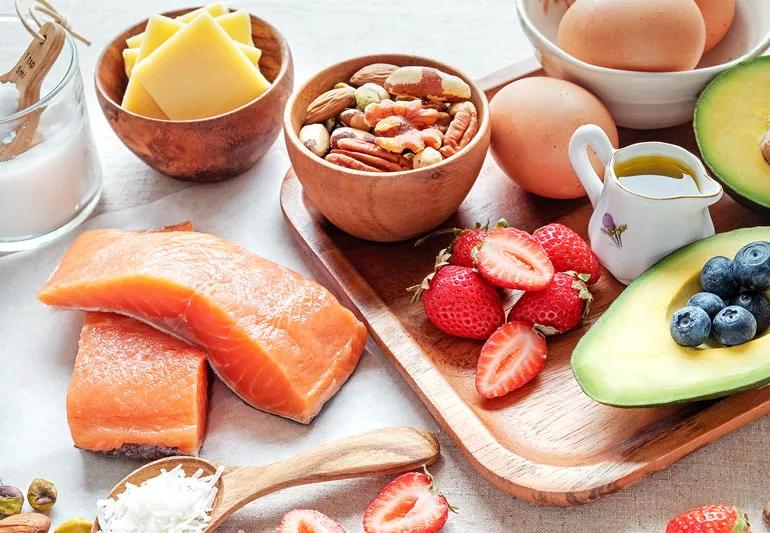
A big, juicy hamburger with no bun. Eggs and bacon for breakfast — but hold the fruit. These are examples of meals you can eat on the low-carb, high-fat Atkins diet.
Advertisement
Cleveland Clinic is a non-profit academic medical center. Advertising on our site helps support our mission. We do not endorse non-Cleveland Clinic products or services. Policy
The Atkins diet has some benefits and can be easier to follow than other diets. But that doesn’t mean you should load up on steaks and butter every night. Registered dietitian Maxine Smith, RD, LD, explains the benefits and risks of this diet plan.
Cardiologist Robert Atkins created the Atkins diet in the 1960s. He believed that carbohydrates — not fat — were responsible for health problems and weight gain. As a result, his diet focused on eating plenty of fat, some protein and very few carbs.
“The goal of the Atkins diet is to change your metabolism. You burn stored body fat, rather than carbs, for energy,” says Smith. “And you can do this if you follow the diet closely. But it’s not for everyone, and there may be health risks involved.”
The Atkins diet doesn’t limit the amount of fat you can eat. And you won’t have to count calories or measure portion sizes.
But you will have to count carbs. Carefully. The Atkins diet severely restricts carbs, especially in the early stages. It uses a tracking method called net carbs, which is the total number of carbs minus its fiber content in grams.
“Normally, your body uses carbohydrates as fuel,” explains Smith. “When you don’t eat carbohydrates, your body turns to stored body fat, which the liver breaks down. This process creates ketones, which the body can then use for energy.”
Advertisement
There are four phases of the Atkins diet, starting with the most restrictive and gradually getting easier. “Beginning at phase 1 promotes more weight loss,” Smith explains. “You can start the diet at a later stage, but you won’t lose as much weight.”
Other Atkins plans allow 40 or 100 net carbs from the start. They are designed for people who have less weight to lose or want to maintain their current weight.
The Atkins diet has been around for decades, and it has some benefits. This diet works for some people because it:
Although Atkins can help people lose weight, it has some drawbacks. The diet:
Advertisement
If you decide to follow the Atkins diet, take a whole foods approach:
If you have diabetes or any health conditions, talk to your doctor before starting a weight loss plan. Don’t try Atkins if you’re pregnant, breastfeeding or have kidney disease.
Advertisement
Learn more about our editorial process.
Advertisement
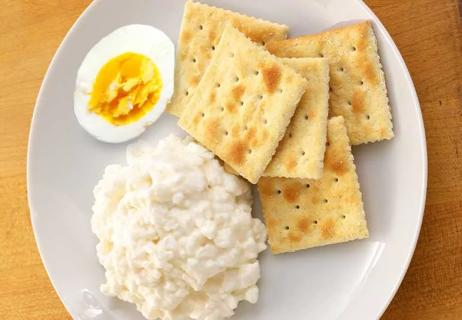
Extreme calorie restriction isn’t the way to long-term weight loss
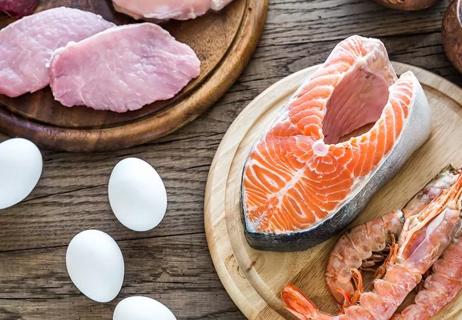
This restrictive, rules-heavy diet can lead to micronutrient deficiencies, among other issues

The demanding plan eliminates dairy, grains and other common foods from your plate for 30 days

Learn how to properly identify what’s edible — and inedible — in the wild

Common culprits and pinpointing the cause of your food issues
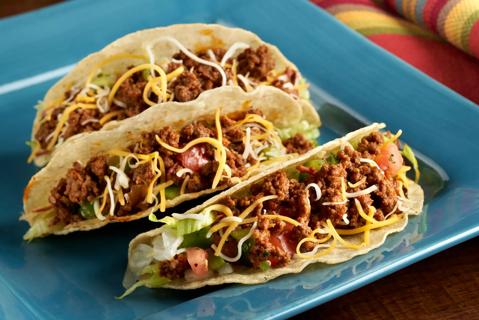
We break down the Atkins, ketogenic, GOLO, Military and Taco diets
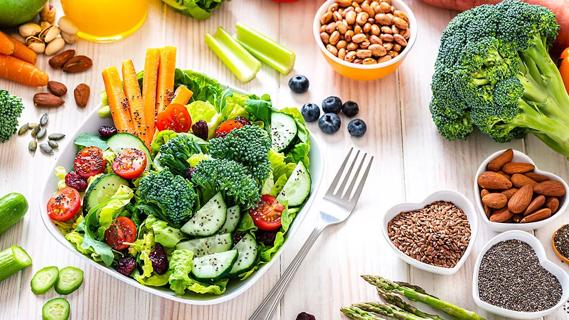
These typically colorful plant-based substances provide various health benefits that help protect you from disease
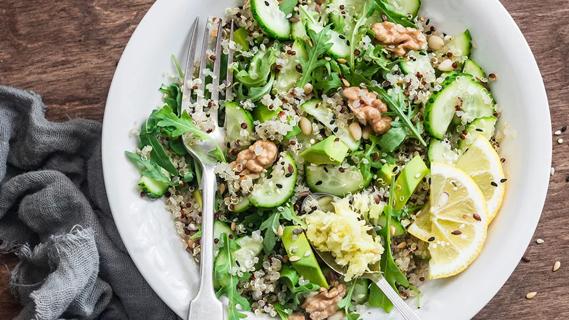
Ground flaxseed is full of heart-healthy omega-3s, antioxidants and fiber, and easy to add to just about any recipe

Type 2 diabetes isn’t inevitable with these dietary changes

Applying a hot or cold compress can help with pain